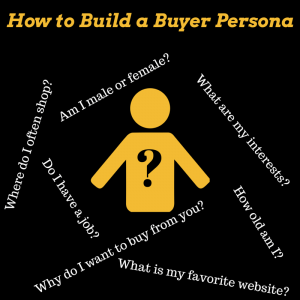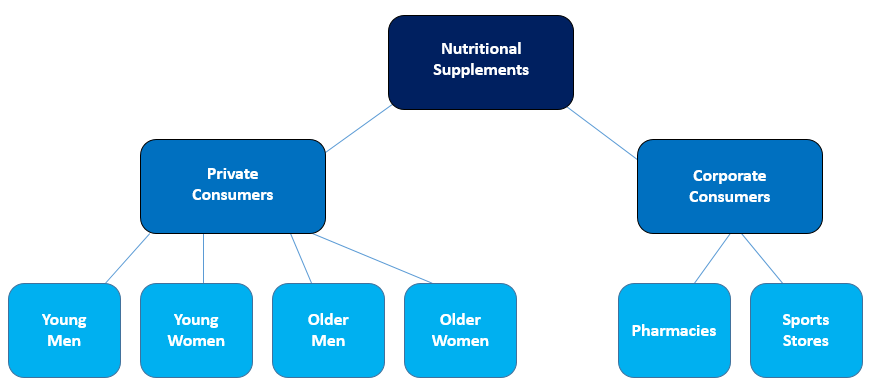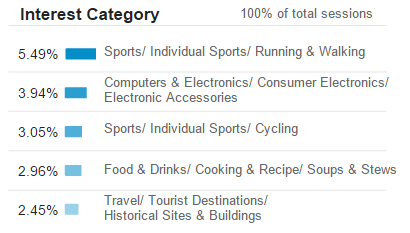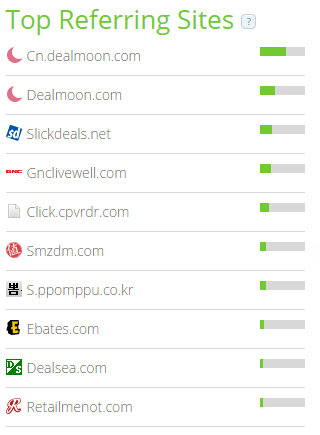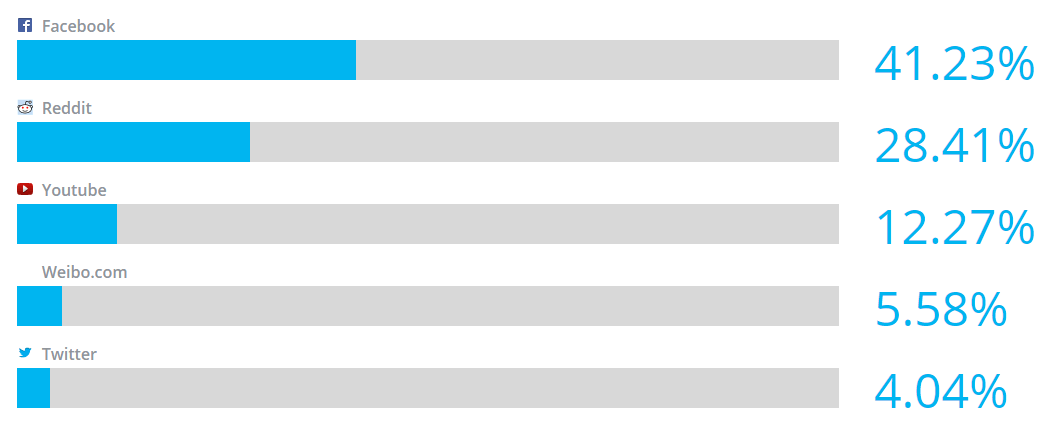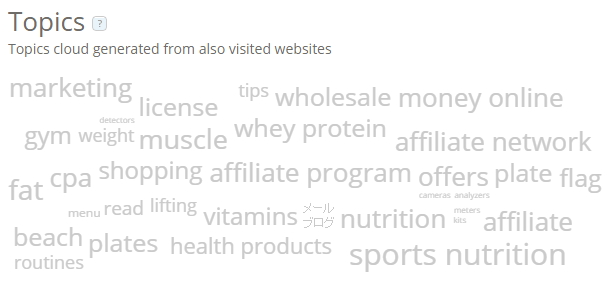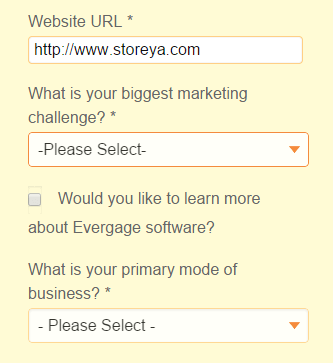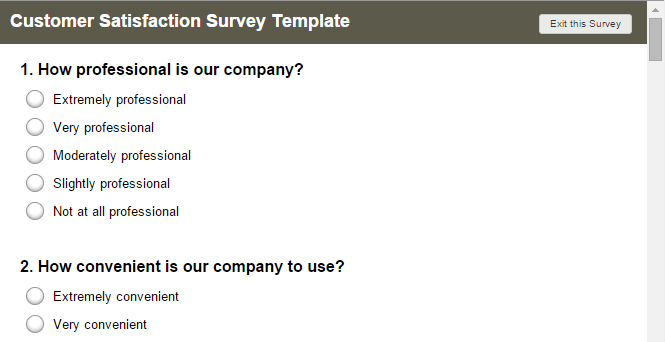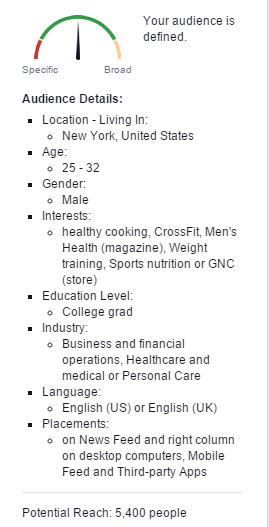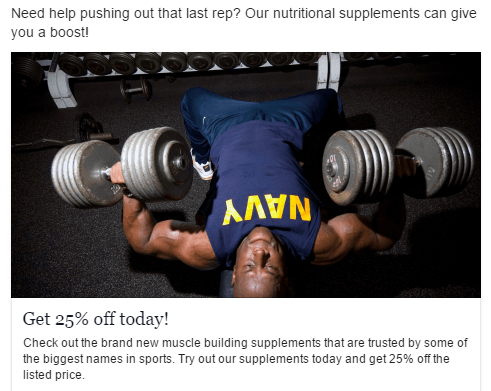Not seeing good results from your paid advertising for your eCommerce shop? Trying to figure out what kind of content to promote? Having difficulty creating the right feel for your online store? Need some guidance coming up with your next new product?
All of these problems (and more) can actually be resolved with a little bit of strategic thinking. What you need to do is to come up with a buyer persona for your eCommerce store!
A buyer persona (also known as a customer persona) is essentially a generalization, based on various parameters, of what your ideal customer should be. By creating this you can target all of your marketing efforts in a far more specific and efficient manner.
In this post we will explore the steps you should follow in order to create a buyer persona for your eCommerce site!
What are the Components of a Buyer Persona?
Before we get into the steps of building a buyer persona, let’s establish what the main components of a buyer persona should be.
A buyer persona should be made up of at least these four parts:
- Demographics – age, gender, location, employment, education, etc.
- Interests – what your target customer is interested in
- Purchasing motivation – why your target customer wants to buy from you and what they hope to accomplish
- Purchasing deterrents – things that will hold your customer back from purchasing from you
While you don’t necessarily need to fill out all of the demographics, you should try to build a pretty detailed list of the remaining segments. By doing this you will not only be able to target your customer specifically and personally, you will be prepared to fend off their objections as well.
Step 1: Think About Your Buyer Persona Logically
First things first – sit down with a pen and paper and think about who you think your ideal customer is. Obviously you can have more than one ideal customer, so don’t worry if you come up with a few.
In order to display this, let’s create an example company – let’s say that on the side StoreYa also sells nutritional supplements.
In this sample company we might have products that are gender specific or age specific. So we could have four different personas – young men, young women, older men, and older women. We might also sell to both private consumers and to pharmacies or other distributing companies like sporting good stores.
Now that you have these very general groups you should try to narrow them down even further according to the four aspects of the customer persona that we mentioned above. Basically you want to try to create as complete a picture as possible of your customer.
Let’s do this with our nutritional supplements company on one of our general customers – young men.
What is the ideal customer interested in? We sell nutritional products so our ideal customer is someone interested in nutrition obviously. Now let’s expand that a bit. What else would this person be interested in?
Here’s what I can think of – diet, healthy cooking, exercise, Cross Fit, health and fitness.
What is the purchasing motivation of the ideal client? Our ideal client will purchase our supplements in order to stay in shape and maintain a healthy lifestyle.
What are the main things that could dissuade the ideal client from purchasing? Since we are looking at young men right now, it’s possible that money could be a concern. Another potential concern could be the effectiveness of our products.
Based on this analysis, our theoretical customer would look something like this:
Who is he?
- Male ages 20 to 35
- Interested in a healthy lifestyle (including exercise and diet).
- Wants something that can help him to stay healthy/get healthier
What are his potential purchasing concerns?
- Price
- Effectiveness
There are any number of other questions you could try to answer in order to narrow things down even further like:
- What companies does your ideal client like?
- What websites does your ideal customer like to visit?
- Where else do your ideal customer shop?
- What is your ideal customers’ job?
Step 2: Use Internal Data to Refine Your Buyer Persona
The next step is to dive into your own data in order to see who is actually interested in your company. A great way of doing this is by exploring your Google Analytics Demographics and Interests reports.
This can help you get a better idea of the real interests of your customers, how old they are, and where they are from.
Another great tool you can use to analyze your site is Similar Web. All you need to do is type in your web address and it will give you a plethora of information.
Top Referring Domains shows you how people are finding their way to your website. This can be very helpful for determining more about the type of person shopping at your ecommerce store. For example here are the results for GNC (an actual nutritional supplement company):
From this you can see that most of the referring sites are coupon sites, meaning that the assumption that price might be a potential purchasing concern has been confirmed.
Social shows you which social networks refer the most traffic to your site, so you can get a better idea of which social networks your ideal customer is on.
Interests shows you what your site visitors are interested in based on their other online activities. You can see the main categories of websites that your site visitors also look at:

By looking at all of this information you can come up with further interest ideas that you had not thought of initially. For example, I see Bodybuilding.com listed, and the words muscle and gym listed in the word cloud. So bodybuilding or muscle building is an interest that I did not think of before, but does apply to my ideal customer.
After this step you should have an even narrower view of your buyer persona. For example I can now say that the buyer persona for our nutritional company is:
Who is he?
- Male ages 25 to 32 (based on Google Analytics)
- Living in the U.S. (Google Analytics)
- Interested in a healthy lifestyle, diet, exercise, bodybuilding, Cross Fit.
- Potentially interested in websites like GNC.com, Bodybuilding.com, and Men’s Fitness (Similar Web)
- Is on Facebook (Similar Web and Analytics)
- Wants something that can help stay healthy/get healthier, and can help to build muscle (Similar Web)
What his potential buying concerns are
- Price (Similar Web)
- Effectiveness
Step 3: Scout Out Your Competitors
At this point your buyer persona is looking pretty good, but you can still polish it up further, and what better way to do that than by looking at your competitors?
To do this you can actually use Similar Web again, just this time type in your competitor’s website instead of yours! Now you can analyze all of the rich data that Similar Web provides in order to get a better idea of what your competitor is doing.
For example, take a look at the word cloud from a competitor search:
Here you can see the addition of the sports nutrition. So interest in sports and sports nutrition can be added to the buyer persona.
Another thing you can do is to simply visit your competitors’ websites in order to see what type of content they publish, how they advertise themselves, and who their websites are structured for.
Step 4: Survey Your Customers
Finally, it’s time to hear from your customers themselves. There is absolutely nothing wrong with sending your customers a survey, asking them questions during their shopping process, or question gating specific content.
For example, HubSpot uses a short question gate to gather information:
You can ask all kinds of questions:
- How did you hear about our website?
- What lead you to your decision to make a purchase?
- What do you like about our products?
- What do you hope to achieve by using our products?
- What were your biggest concerns before purchasing a product?
- What are your hobbies?
Obviously the questions you ask will be different depending on what your company sells, but any question you ask should be asked for a reason – To find out more about your customers’ interests, purchasing goals, and purchasing deterrents.
When creating a survey, in order to get a higher response rate you should:
- Consider incentivizing the completion of the survey.
- Use multiple choice questions, or provide a drop down menu of possible answers in order to make it easy to respond.
- Leave a space for additional comments (you can do this at the end of the survey or after each question).
There are many different survey tools (both free and premium) that you can use, like SurveyMonkey and KwikSurveys.
Step 5: Pull it All Together
Now that you have gathered all of your information, it’s time to put together your buyer persona and begin to strategize. You can give each persona a name in order to keep things straight and make it more personal.
In our nutritional company example, we decided to call the young men buyer persona Brad. Here is our outline of Brad:
Demographics: Male, between 25 and 32, lives in the U.S., works in finance, as a personal trainer, or in the health industry.
Interests: Health and fitness, cross fit, bodybuilding and muscle building, healthy cooking, sports, sports nutrition, Mensfitness.com, GNC.com.
Shops at: Nike, GNC, Sports Authority.
Purchasing Motivation: Get healthy, become healthier, build muscle.
Purchasing Deterrents: Price, effectiveness.
How to Use Your Buyer Persona
Now that you have a full profile built for “Brad” or whatever you name your customer persona you can begin to strategize as to how to approach this customer.
How should you market to them? How should you sell to them? What types of new products will they like?
Facebook, due to its targeting options, is actually a perfect place to put your customer persona to work. Check out the targeting on this ad for “Brad”:
I used the Brad buyer persona in order to build a hyper targeted ad.
But that’s not all. I can target the content of the ad to Brad’s persona as well by making the ad copy, the image, and the call to action appeal to his interests, concerns, and passions. Here’s a sample newsfeed ad:
Notice how it jives with Brad’s interests (exercise, weight training) and addresses his concerns (effectiveness, price)!
By creating a buyer persona suddenly it becomes much simpler to create ads, add new products to your store, produce new content, and optimize your website!
P.S. For more amazing tips check out the Ultimate Guide to Facebook Marketing for eCommerce below (it’s free)!

Zack is a social media enthusiast who loves all things digital. He is the inbound marketing manager at StoreYa where he spends his days searching for the newest social marketing scoop. If you’d like to chat with him, feel free to connect with him on any social platform.
Recommended articles
 Facebook Ads for eCommerce: 16 Strategies, Examples & Tips
Facebook Ads for eCommerce: 16 Strategies, Examples & Tips
 How to Build a Winning eCommerce Ads Strategy
How to Build a Winning eCommerce Ads Strategy
 Google Ads for eCommerce: Everything You Need to Know
Google Ads for eCommerce: Everything You Need to Know
 10X Your Traffic with PPC Management Software
10X Your Traffic with PPC Management Software
Comments
Powered by Facebook Comments
